
Erik loved the “dad joke” and Robert couldn’t resist the food reference so here we are, writing about wind-whipped peaks and sand banks resembling the most perfect Christmas pavlova on one of our last stops of this epic adventure. We flew into Morocco and after a couple of nights to acclimate (as best we could in this manic place), we were swept away by Kamal from Your Morocco Tours for an eight-hour trip through the Atlas Mountains into the desert.
After months of ordering that final treat at the end of a meal – the postre, dolce, sobremesa – we were actually experiencing something so special it could only be the icing on the cake, the cherry on the sundae, the pièce de ré·sis·tance, the . . . well, you get the idea.
It was visual overload the moment we set out from our Medina-located riad in Marrakech. From the spectacle of locals wandering along the maze of roadways, the crowded villages, donkeys, goats, sheep, camels, miles of rugs and pottery, we could hardly keep up with the photo ops. The chaos melted into vistas of sky blue, terra cotta, green, black and tan framed in the landscape like soft-focus paintings. We wanted to capture it all.
We were in the land of the Berbers, the indigenous nomads that found ways to survive and thrive in the harsh conditions of the North African desert. Also one of the ethnic groups that made up the “Moors”, they are the majority of today’s Moroccans. Their land still maintains an ancient beauty that has been erased in many places around the world and for us was completely foreign. From Kamal’s personal point of reference (growing up in a village in the mountains) and our own observations, many still live some form of nomadic life. Unbelievable! considering the heat. We roasted in it. They carried supplies alongside roads while wearing multiple layers of clothing without breaking a sweat. I guess we know who’s better prepared for an over-heated earth if it gets to that point. At the same time, the Berbers are not stuck in some type of time warp. The modern mixes with the ancient on all levels. Our traffic jam during the trip in the Atlas range was caused by a massive infrastructure project that will ease movement through the region.
This was the ultra-tourist experience in an SUV with a knowledgeable guide/driver and designated stops for picture ops, planned meals -- and 2 cute little Berber rugs/mats for our dusty shoes.

This wasn’t us in a campervan winging it. We were heading for top-of-the-line glamping and the personal service showed.
A quick stop to deliver a few cushions to Kamal’s family home, and we were on our way to our first designated historic site: the UNESCO listed Ksar of Aït Ben Haddou.

WOW! On our lunch stop, we sat across a riverbed from this architectural wonder. We are in the Province of Ouarzazate on the southern slopes of the Atlas Mountains, and Ait Ben Haddou is considered the most famous ksar in the Ounila Valley. From this vantage point, you need to slowly take in the site to see the details emerge behind the mass of terra cotta. Homes (both modest and castle-like) lead your eyes to observation points and defence towers. Honing your view, you get a better understanding of its scale, with bursts of colours from the lines of tourist trinkets and the crowds traveling its maze of corridors.

Like Machu Picchu, it rises in the middle of nowhere. No wonder it’s been used as a location in countless films and television productions -- including 1981’s Time Bandits, and Gladiator in 2000 -- and most recently seen as the city of Yunkai in the tenth and final episode of the third season of Game of Thrones. You can picture Daenaerys Targaryan being held up in front of the crowds of the slave city as they chanted. We find out later that a few local families still live there, serving as both merchants and ambassadors (and movie extras in some cases).
The beauty never stops. Neither does the sun and heat. We jumped in and out of the car’s AC as we made our way further and further into the desert: a local villager selling boxes of fresh picked dates, a roadside view of Atlas Studio’s massive set lot, and finally, a small village in the Draa River valley called Tamegroute.
Dating back to the 11th century, Tamegroute's famous Sufi zawiya (school/institution) was a hub of learning and religion for the Nasiriyya, once one of the largest and most influential Sufi orders in the Islamic world. The site also houses the graves of 8 religious scholars inspiring the faithful to visit in hopes of receiving blessings, sometimes staying for months at a time.
With the sound of children learning the Quran, we walked the grounds ending in the small library where one of the finest collections of Islamic manuscripts is still displayed. Through hermetically sealed cases, you can view volumes of calligraphy and hand written text including a 14th-century Quran in Kufic script, various treatises, theories on the sciences, and a translation of Pythagoras. This same brotherhood is responsible for another mainstay in the region, the green pottery we’d been seeing on sale at roadside shops and in use both as a building material and as tableware.
From its inception, this pottery tradition had a political purpose in the region. Wanting to grow the village to a medina (city), the Sufi order assembled regional artisans and craftsmen to increase the population and clout of Tamegroute. The resulting Medina was built underground with an eye to a cooler environment. Though the village size has dwindled, a small population and that pottery tradition lives on. We watched them throw from kick wheels burrowed down into the ground, fire oversize kilns in the hot sun and prepare it all for glazing. How it is accomplished in the heat is baffling.
The landscape continues to surprise us, changing rapidly from mountain watercolours to lush palm groves, finally opening to our harsh, but beautiful destination. Beginning with lava rock and off-road rubble, the desert then shifts into slick, sun-baked flat planes that ultimately transition into miles of sand. We had a bit of fun climbing and sliding across the dunes ... and then we arrived. A full-on, made-made oasis in the middle of the desert. It was just as we’d hoped -- white canvas tents in the valley of sand hills, linked by Moroccan rugs and surrounded by those “wind-whipped peaks and sand banks”. Unbelievable.
The Camp Crew
Your Morocco Tours / Destination Morocco really know what they are doing. Being out in the desert with strangers could be intimidating to some, especially with language barriers, age differences and cultural disconnects, but the group they put together for us was perfection. And getting us to interact was an art in itself. Without us knowing, each group was making their way at the same time. We began to recognise the same tourists at our stops and suspected that we were all following the same itinerary. "Ah, they speak English, oh and they speak Spanish". Finally, at an extended lunch stop (because it was too hot to enter camp early), we chatted with the other familiar faces and confirmed we were all headed to the Desert Luxury Camp. There were no awkward introductions or forced camaraderie. We naturally and eventually bonded. 4 friends from San Diego, a young couple from Buenos Aires and the old guys (as always). But we seem to fit in well with this demographic (says a lot about us, LOL). Maybe it’s our love of travel, or the sense of adventure we crave, but there was enough in common for this group to bond, yet still allow for our own personal experiences. We ate separately our first night and then danced together around the campfire to Berber tunes, laughing along. By the end of our stay, we gathered around a big table to eat and de-brief, catered to by a team of local Berber men. They were guides, cooks and entertainers, making sure we had everything we needed. Special shout out to Mohamed who was there from sun-up to well past sunset and even introduced us to sand-boarding. Thanks Mat, Kim, Jess, Erica, Niko and Denise for being so open to sharing this experience and some of your exceptional image captures.

Camp life
There were two essentials to camp life in the desert for us.
Sunset (what we experienced not long after our arrival) and
Sunrise (what we would leave with in our memory the final morning).
Watching from a dune bank with tea and coffee made it feel like that big ball of orange was within arm’s reach. It moved slowly . . . and at the same time, before you knew it, was completely in your face . . . or completely gone. And when it disappeared, it revealed a night sky so intense with stars, that it was coated with the Milky Way's white film of light. Yes, we’ve seen sunrises and sunsets before - many on this trip - but time seemed to bend here. Maybe it was the quiet . . .quiet like we’ve never heard before. Or the soft sounds of desert wind, with a low hum of comfort. You disappeared into meditative thought. You couldn’t stop yourself. It’s hard to describe the experience, but what we did note was the two things that made the most impact were two things we couldn’t photograph: the night sky and the sound of silence - especially with our outdated iPhones.
The Camel Ride
Our Sex and the City moment? maybe some childhood Aladdin memory? or even a cigarette ad, but we both wanted to ride a camel in the desert.

Our tour started with a windstorm. Good thing we’d picked up scarves the day before, thinking we were only going to be culturally insensitive and wear them for the ride as costume. Talk about getting sand kicked in your face! It didn’t take away from the ride, but rather made it feel more authentic. Not long into the 3-hour trek, the wind calmed. The guides knew their keep and kept us all aligned and in step. Even with a few untied leads, we made it - tired, sun and sand drenched and pretty chuffed at what we’d experienced. During the debrief with our camp crew, the reality of what it means to these camels' backs hit home. We talked about our elephant ride years ago in Thailand and how they are no longer servicing tourists there, but instead are kept in reserves where you can hang out with them. Those guys aren't forced to haul 80 kilos of holiday weight around anymore. Whew! With the nomadic culture still intact, and the increasing tourist market for this desert package, we don’t think the Sahara camel treks are going away anytime soon though.
The desert may not be for everyone. It can be unbearably hot, slow paced and take hours to get to. But if you want to indulge in a glamping experience with working toilets, showers, a double basin and fine linen in your tent (not to mention restaurant quality meals), this is the way to go. And along with these creature comforts, you might take away another lifetime experience like no other -- the way we did.
















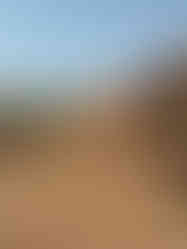



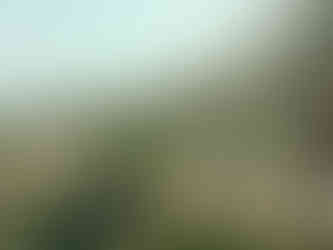


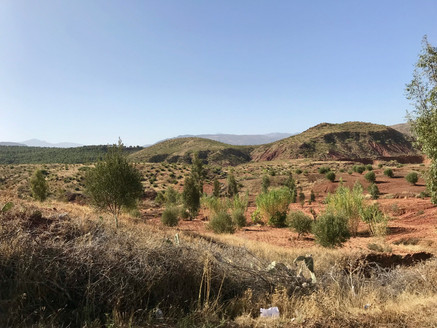






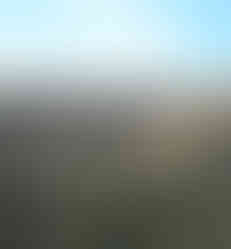



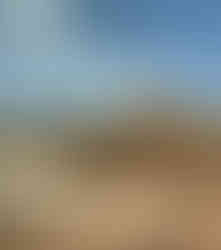



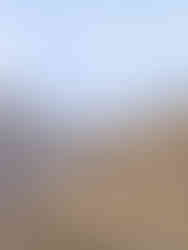
























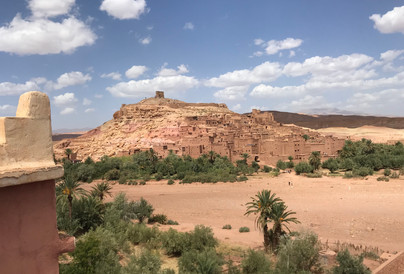








































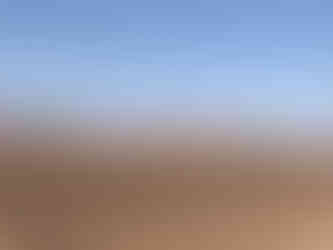






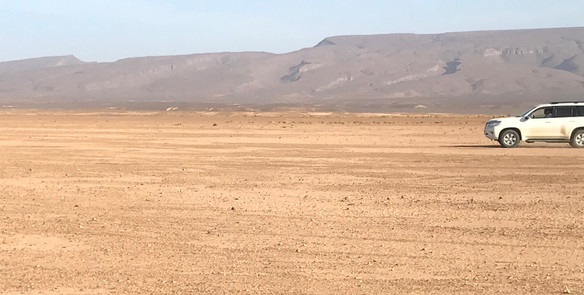
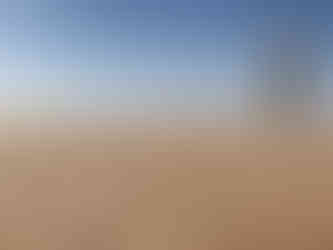






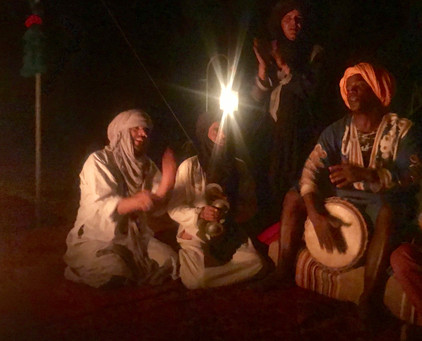


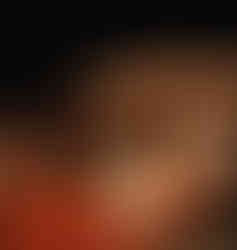

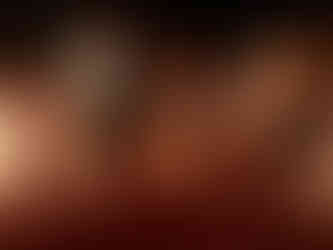






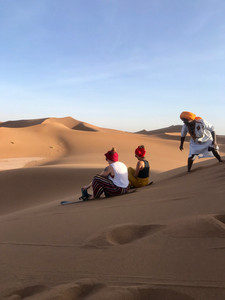




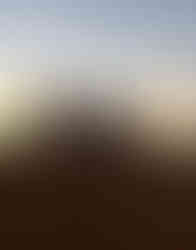











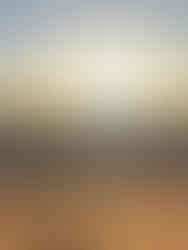















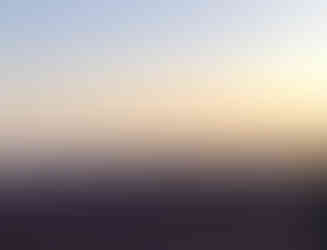






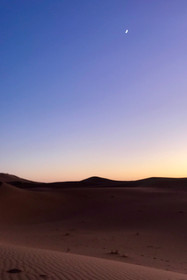


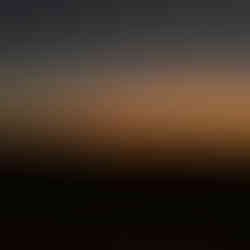














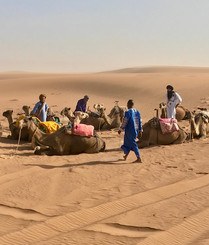




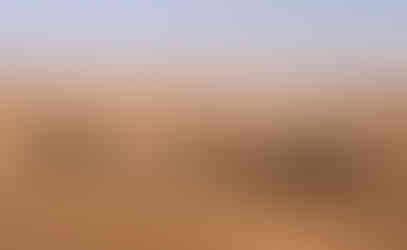













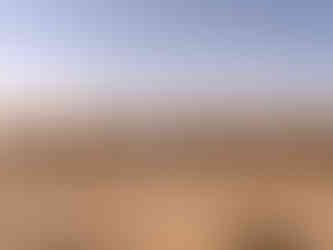



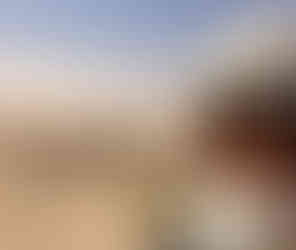










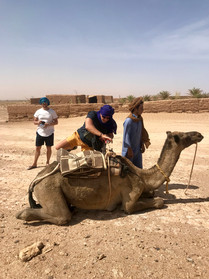








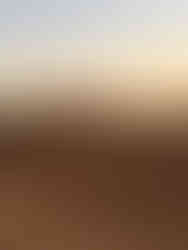



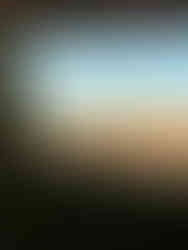












































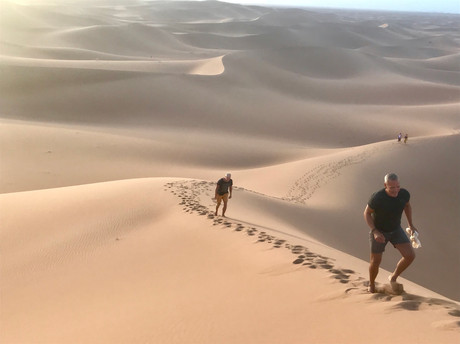

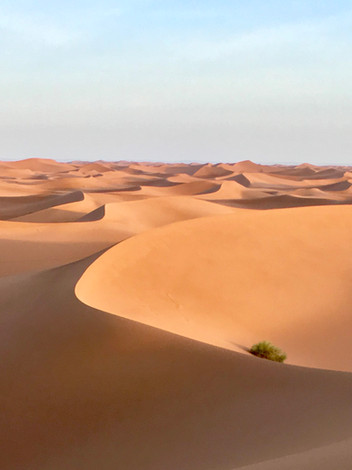






Comments